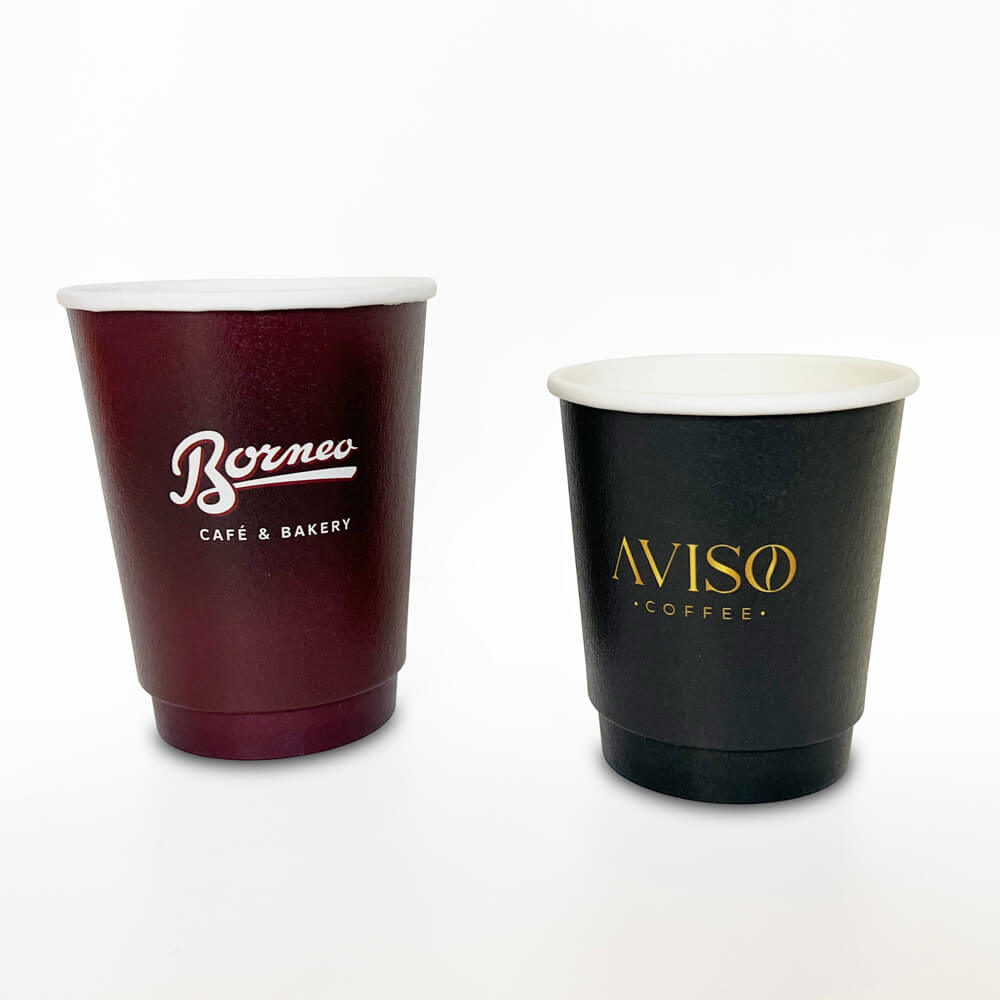The Versatility of Cling Wrap An Essential Kitchen Companion
In the modern kitchen, cling wrap, also known as plastic wrap or food wrap, has established itself as an indispensable tool for food storage and preservation. With its ability to tightly cover dishes and food items, cling wrap maintains freshness and prevents spoilage, making it a favorite among home cooks and professional chefs alike. This article explores the various uses and advantages of cling wrap, highlighting its versatility and essential role in food preparation and storage.
One of the primary benefits of cling wrap is its remarkable ability to seal in moisture while keeping air and contaminants out. When wrapped around leftovers, cling wrap helps create an airtight barrier that prevents food from drying out and minimizes exposure to bacteria. This is particularly beneficial for items like cut fruits, vegetables, and meats, which can spoil quickly if not properly stored. By using cling wrap, you can extend the shelf life of perishable goods, reducing food waste and saving money in the long run.
Beyond its utility in preserving food, cling wrap is also a handy tool in the kitchen for various cooking and preparation tasks. For instance, it can be used to cover dough as it rises, preventing it from drying out. Chefs often use cling wrap to wrap marinated meats, allowing flavors to penetrate while keeping the marinade intact. This ensures a more flavorful and juicy result, whether grilling or roasting. Furthermore, cling wrap is perfect for creating airtight enclosures for steaming vegetables in the microwave, allowing them to retain their vibrant color and nutrients.
cling wrap

Cling wrap’s convenience extends beyond traditional food storage. It is also useful for creating makeshift containers for food items. If you find yourself without a lid for a bowl or container, simply use cling wrap to cover it tightly. This is not only effective but also prevents spills and keeps your refrigerator organized. Additionally, cling wrap can be used to wrap sandwiches or snacks, making it a practical choice for lunches or picnics.
However, the benefits of cling wrap aren’t solely limited to food storage or preparation. It can be creatively employed in various non-kitchen applications as well. For instance, cling wrap can help in organizing and protecting items during packing for a move. It can keep various small items together, preventing them from getting lost. Similarly, it can be used to wrap delicate items like glassware to ensure they remain intact during transport.
Despite its numerous advantages, it is essential to handle cling wrap with care and be conscious of its environmental impact. Traditional plastic wrap is made from polyethylene, which is not biodegradable and contributes to plastic pollution. To mitigate this issue, consider investing in eco-friendly alternatives, such as beeswax wraps or reusable silicone covers, which offer similar benefits with a reduced environmental footprint.
In conclusion, cling wrap is more than just a kitchen staple; it is a versatile tool that enhances food storage and preparation. Its ability to preserve freshness, prevent spoilage, and facilitate cooking makes it a must-have in every home. While it’s crucial to be aware of its environmental implications, cling wrap’s convenience and efficiency in maintaining food quality remain unmatched. Embracing its various uses can enhance your culinary experience while ensuring that no delicious meal goes to waste. So, the next time you’re in the kitchen, don’t overlook that roll of cling wrap—it just might be the unsung hero of your cooking endeavors!



